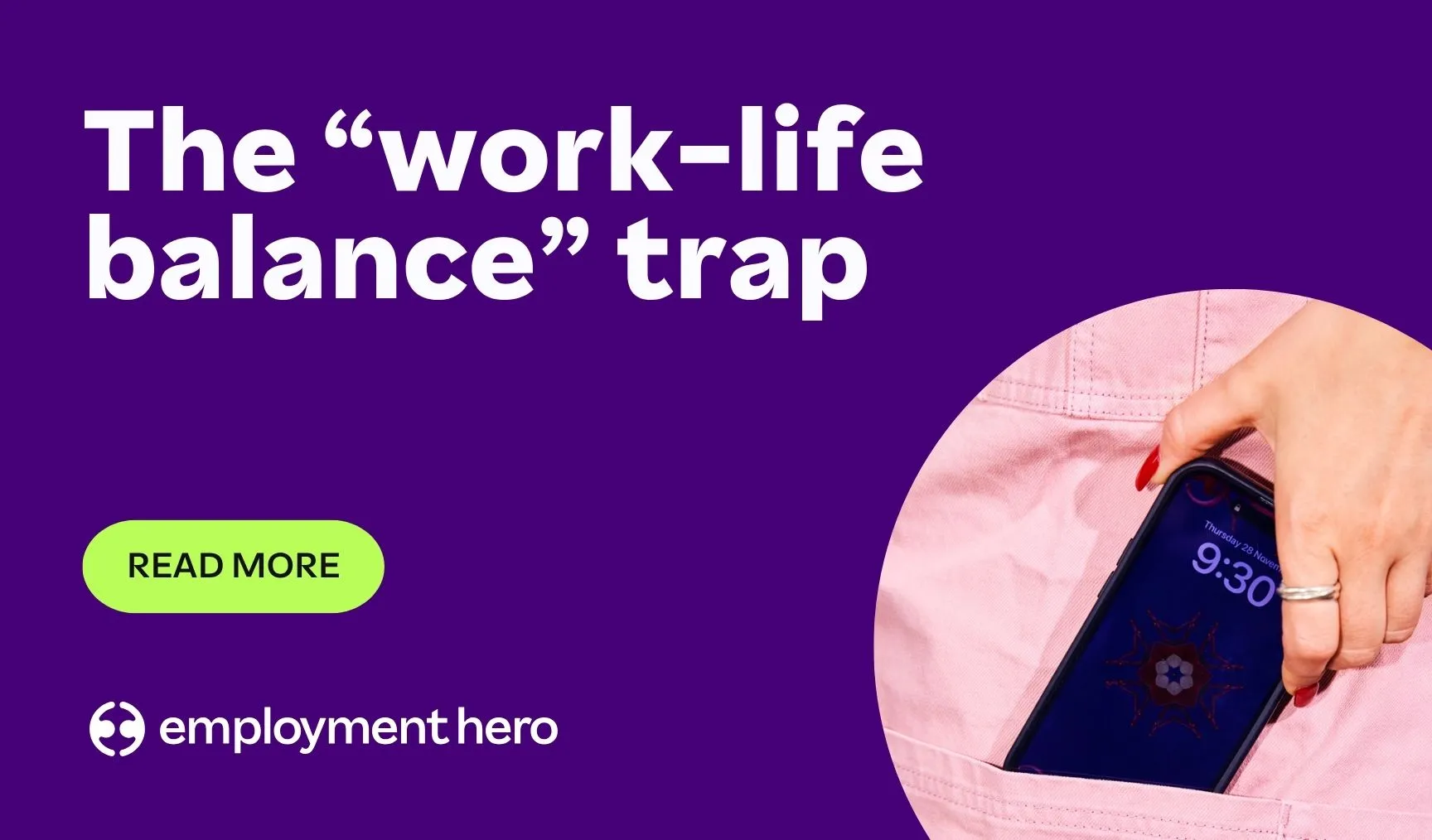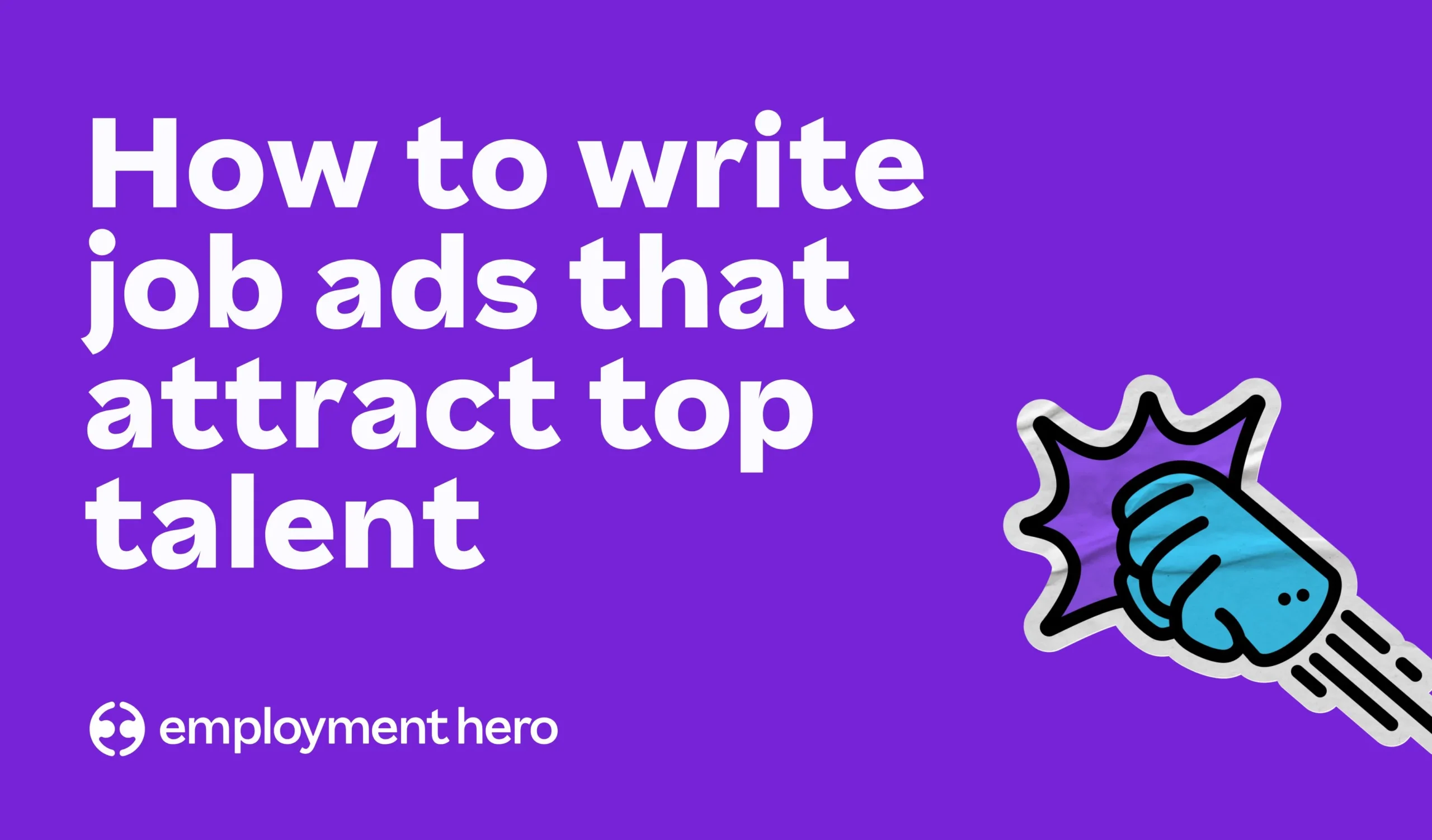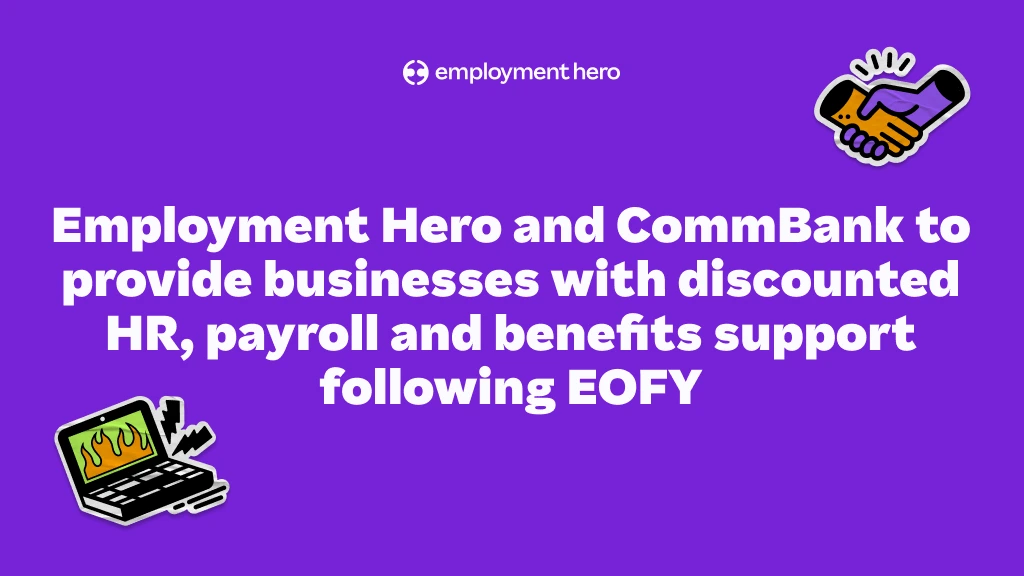Leave liabilities Explained (& How To Reduce Them)

Contents
Most employees are entitled to some form of leave over the course of their employment. Some leave types must be paid out on termination (like annual leave) while others aren’t (like personal and carer’s leave). Leave liabilities is a general term for the leave types that are paid out on termination, so it’s important to reduce them. Annual leave is the most common example of a leave liability, so let’s use it as our example.
What are leave liabilities?
According to Fair Work, all full- and part-time Australian employees are entitled to four weeks of paid annual leave each year, but not casuals. Most of this leave will be used throughout the year (especially over the Christmas and New Year period), but it’s common for some employees not to use the full allotment. For a comprehensive guide on leave management, you can explore more here. While in the UK annual leave entitlements are only applied to the working year (use it or lose it!), in Australia any remaining annual leave balance carries over year after year. Especially for longer serving employees, if they’re carrying over remaining leave each year, this can become a pretty big pay out if they leave the business. Multiply that by however many employees you have, and the issue of leave liabilities becomes more understandable (especially after the COVID years where few holidays were taken!). To better understand the financial implications, consider using an annual leave payout calculator. If you’re using Employment Hero, you can run an accrued leave report to identify how big your leave liabilities are across the organisation.
How can I reduce leave liabilities?
Even if your leave liabilities aren’t too concerning right now, keep reading to ensure they don’t become a problem in future. And if your leave liabilities are getting your heart racing, we got you.
Directing employees to take annual leave
According to Fair Work, an employer can direct an employee to take annual leave but typically only in one of two scenarios: an employee has excessive leave accrued (i.e a leave liability), or the business is closed over the Christmas and New Year period. There are other variables to consider too (like what Modern Award your employees fall under), so it is important to seek legal advice before making any decisions. For a detailed policy template to guide you, check out this resource here. If you decide to go ahead, tread carefully. Directing employees to take annual leave is rarely taken well by your team, and if you’re one of many people managers struggling to recruit new hires, now isn’t the time to be putting existing employees offside. Not only is Christmas a while away, but some employees may want to keep working or the business may need skeleton staff. New starters without any annual leave to use won’t enjoy going into negative leave, or taking unpaid leave. And some people would prefer to work during Christmas and New Year and take time off at another point in the year.
Inspiring a culture of wellbeing
At the end of the day, employers should be encouraging their employees to use their paid annual leave entitlements whenever they need (and have) it. Not only will this show your employees that you care about their wellbeing, it will also reduce your leave liabilities before they become a problem. There’s really nothing for employers to gain from discouraging their people from using their paid annual leave entitlements, but of course some leave requests will be less convenient than others. If it’s a busy period, it’s understandable why an annual leave request might be denied, but lead with empathy. Use your best judgement and do what a fair and reasonable employer would do in the circumstances.
Lead by example
A fish rots from the head. If you want your people to use their annual leave, it’s important they see their managers and leaders doing the same. You don’t have to send the office pictures of you drinking a coconut by the pool while they’re back in the office, but there’s no harm in announcing your plans, either via a Slack status, OOO or in your next all staff meeting. Keep it short and sweet, but make sure to call out the importance of taking time out. Something like ‘I’ll be on leave for the next week and looking forward to spending time with the kids. I’ll be offline, but look forward to returning with a new energy’. And while we’re on the topic, actually be offline. Burnout is real and it’s important that your employees know they can disconnect and recharge when they’re on leave too. Lead by example and show your people how it’s done. By continuing to work from leave, you’re signalling to your employees that you expect the same from them (whether you mean to or not).
Leave liability tips for payroll providers
Many of your clients and their businesses like to have their employees’ up to date leave liabilities reflected in dollars in their balance sheet or general ledger.
Why would an employer want to see this?
There a number of reasons why your clients would want the monetary value of leave liabilities reflected in their balance sheet each pay run:
- To know the amount of leave required to be paid out to an employee if they leave, without having to calculate it manually.
- When businesses sell, new owners want to look at liabilities as it’s an expense to the business. It’s quite common for these liabilities to be deducted off the cost of the sale or negotiated in some way so knowing this figure simplifies the contract negotiation.
Basically, it’s a cost to the business that they should be aware of.
How do payroll providers keep up to date on leave liabilities?
If you’re using an accrual based accounting system for your clients, you may have to manually calculate and journal these figures into their balance sheet to keep them up to date. But not when integrated with Employment Hero Payroll!
Employment Hero Payroll supports posting journal entries of leave accrued, and allows you to automate this process, by configuring the Chart of Accounts to map leave liability and expense GL accounts. Once mapped, your clients’ payroll journals will then include the associated cost of any leave liabilities on a per pay run basis.
Examples of leave liabilities include (but are not limited to):
- Annual leave;
- Time in Lieu/RDO;
- Long Service Leave
What if my accounting platform does not integrate directly with Employment Hero Payroll?
A list of journal services Employment Hero Payroll connects to are listed here. If your accounting platform is not on the list, it doesn’t matter. Choosing the file export option and setting up your client’s chart of accounts will still allow you to track leave liabilities. Exporting the journal after each pay run will still allow users to import into their accounting platform or manually enter the data so that you’re still afforded the benefits of tracking these liabilities on behalf of businesses.
For more information on how to set up the provision for leave liabilities in your payroll journey using Employment Hero Payroll, check out our support article.
Related Resources
-
 Read more: The ‘work-life balance’ trap: Why promising it is hurting your SME recruitment (and what to promise instead)
Read more: The ‘work-life balance’ trap: Why promising it is hurting your SME recruitment (and what to promise instead)The ‘work-life balance’ trap: Why promising it is hurting your SME recruitment (and what to promise instead)
For growing SMEs, work-life integration is a sustainable way to support your team and attract top talent. Explore how your…
-
 Read more: Job ad guide: How to attract top candidates
Read more: Job ad guide: How to attract top candidatesJob ad guide: How to attract top candidates
Looking to hire your perfect match? The way you pitch your open role can be the difference between landing or…
-
 Read more: Employment Hero and CommBank to provide businesses with discounted HR, payroll and benefits support following EOFY
Read more: Employment Hero and CommBank to provide businesses with discounted HR, payroll and benefits support following EOFYEmployment Hero and CommBank to provide businesses with discounted HR, payroll and benefits support following EOFY
Eligible CommBank Yello for Business customers will get the first 3 months free on any Employment Operating System subscription with…




















